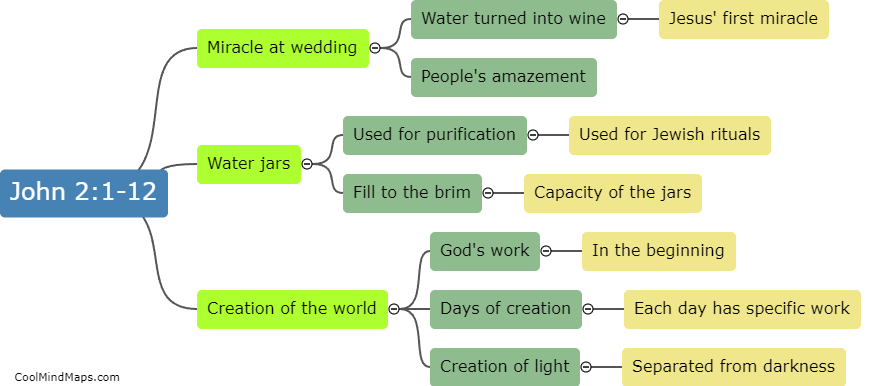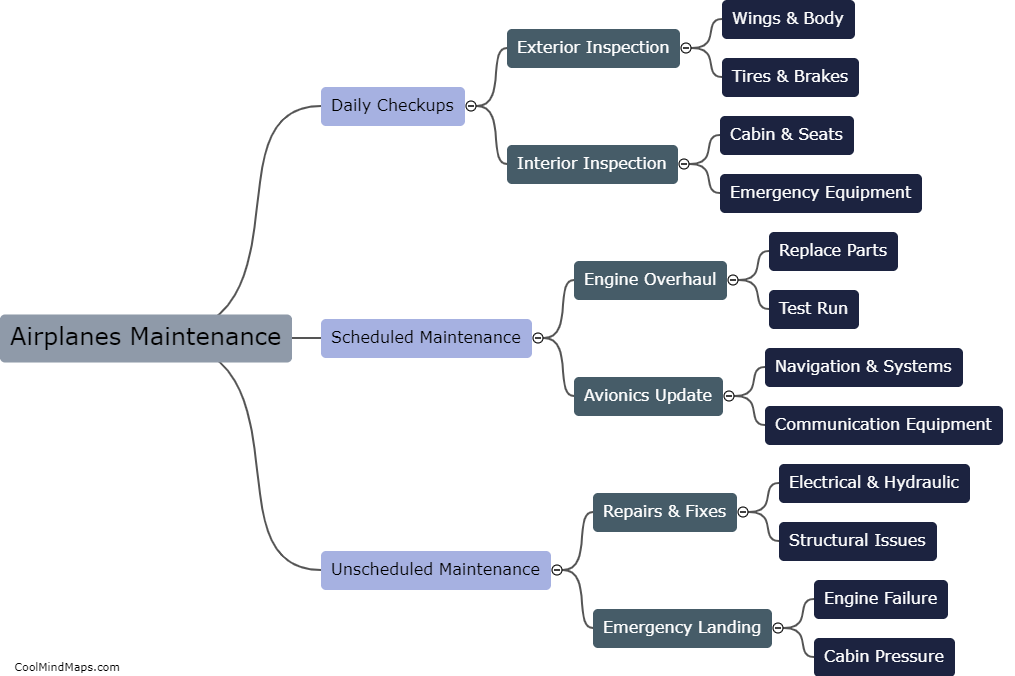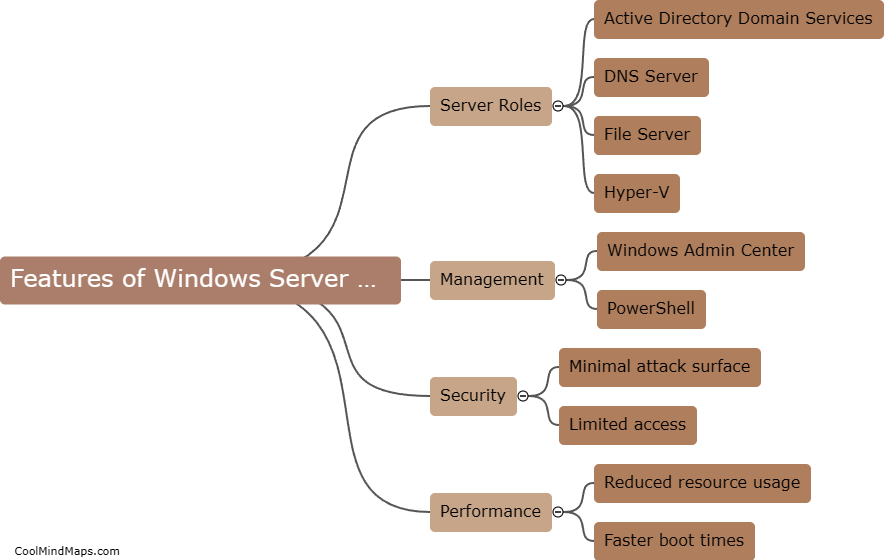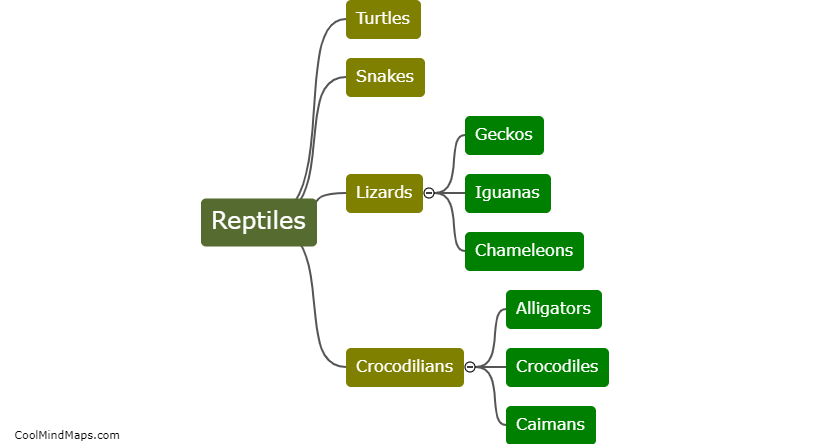How does reverse osmosis work?
Reverse osmosis is a water purification process that forces water through a semi-permeable membrane to remove impurities like bacteria, viruses, and chemicals. This membrane allows water molecules to pass through while blocking larger molecules like contaminants. Pressure is applied to the water to push it through the membrane, leaving behind clean, purified water on one side and a concentrate of contaminants on the other side. Reverse osmosis is an effective method for producing clean drinking water and is commonly used in households and commercial settings.

This mind map was published on 27 June 2024 and has been viewed 68 times.











